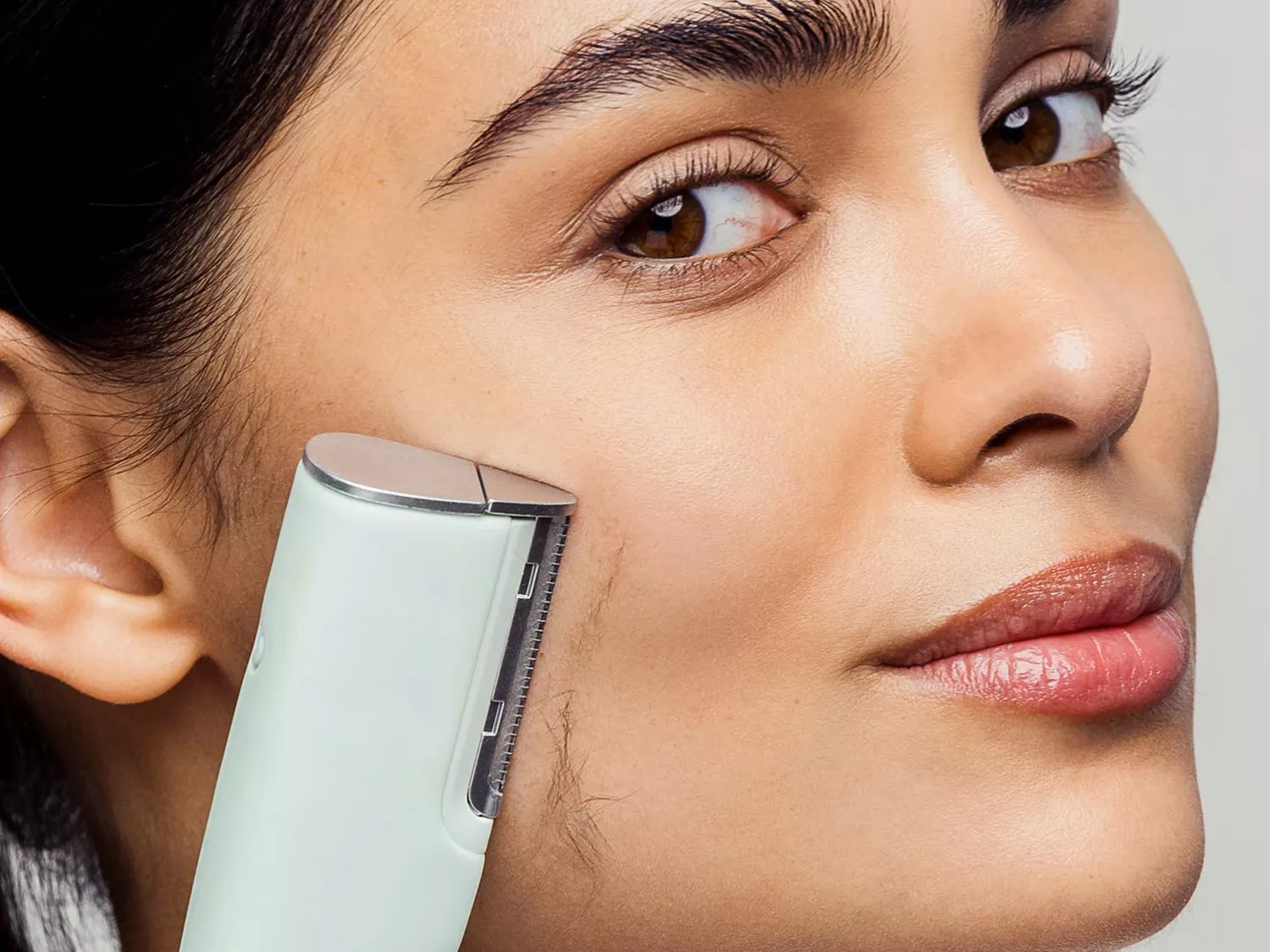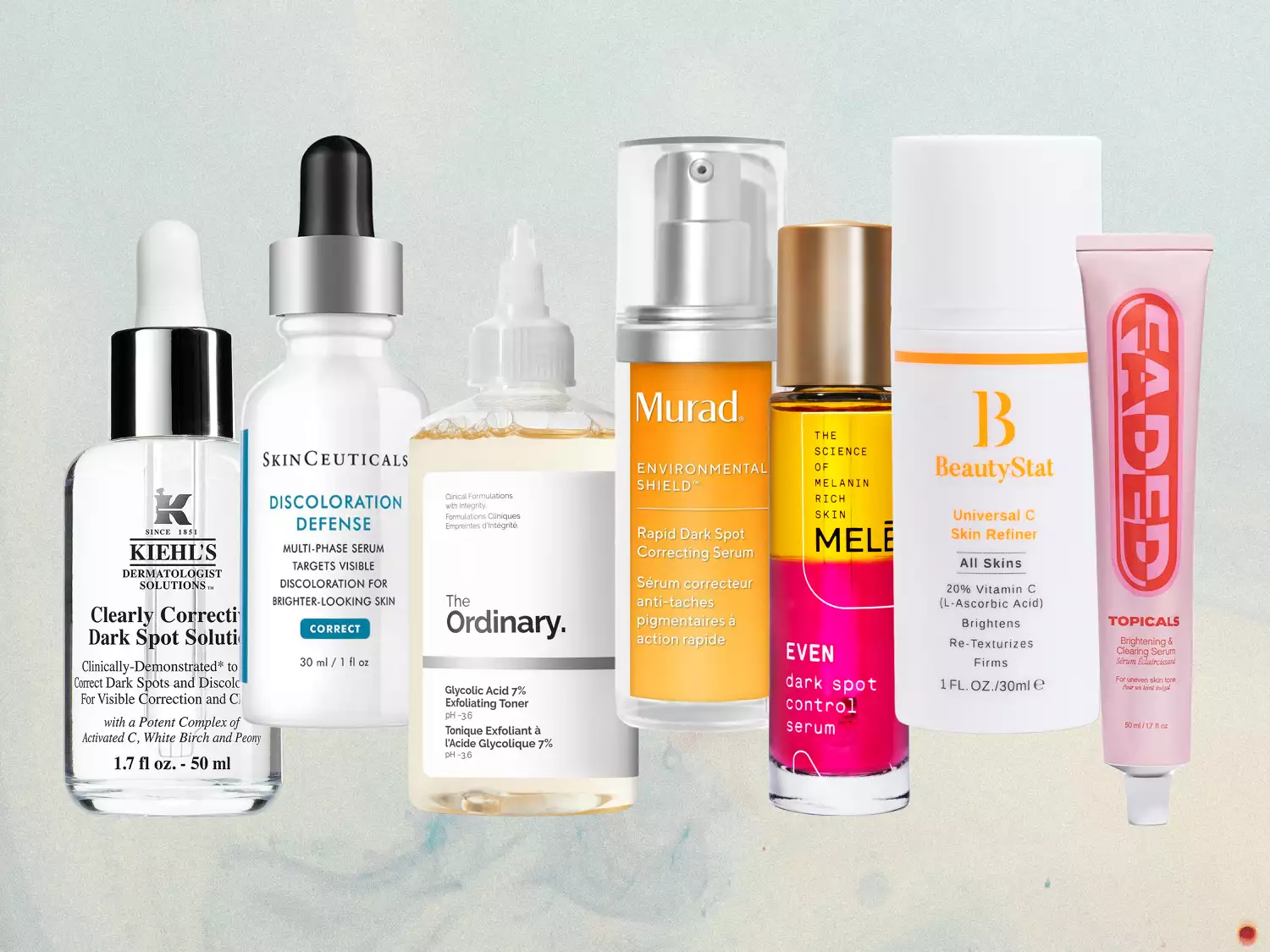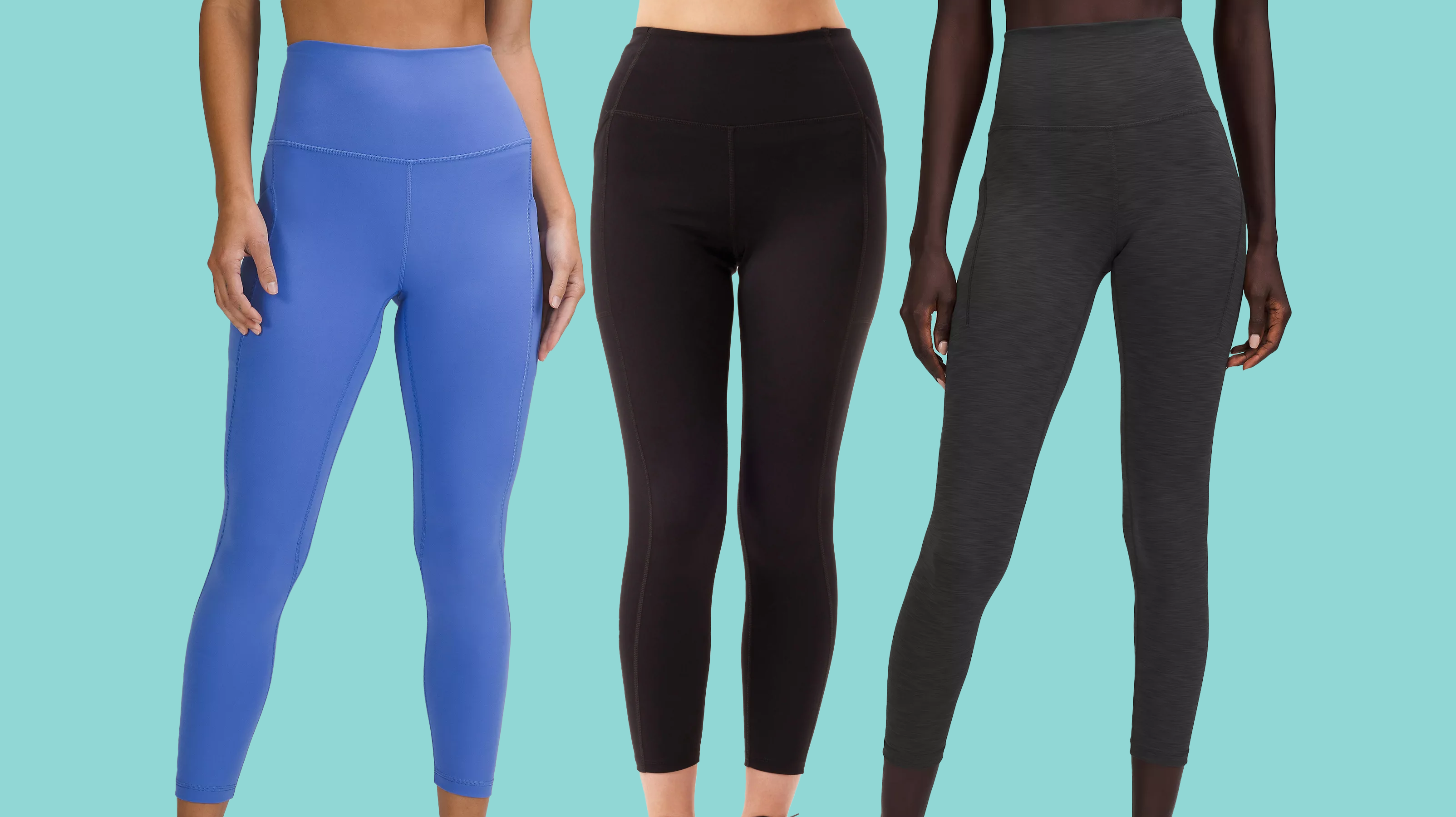
@dermaflash / Instagram
If youve ever seen someone with a complexion so glowy it looks like they were made of glass, they likely have a handful of skincare tricks up their sleeves, including dermaplaning. Apart from having a solid skincare routine and a highlighter that can be spotted from Mars, this popular technique is often the key to a radiant visage—and involves a scalpel.
So, what exactly is dermaplaning? We asked board-certified dermatologists Stafford Broumand, MD, and Blair Murphy-Rose, MD, to walk us through everything there is to know about dermaplaning—from how it works and who can benefit from it to at-home tools and where to get it done professionally. Keep reading for what they shared with us.
Meet the Expert
Stafford Broumand, MD, is a NYC-based plastic surgeon and Associate Clinical Professor of Plastic Surgery at Mount Sinai Medical Center. Blair Murphy-Rose, MD, is a board-certified cosmetic and medical dermatologist at the Laser & Skin Surgery Center of New York.
What Is Dermaplaning?
Dermaplaning is "a shaving procedure that removes hairs and exfoliates dead skin buildup with an angled handled razor blade to reveal smoother, brighter skin," explains Murphy-Rose.In-office, an esthetician or dermatologist uses a small scalpel to very gently scrape the surface of the skin using light, feathering strokes. At home, people use dermaplaning tools to shave off the peach fuzz.
What Are the Benefits of Dermaplaning?
"Dermaplanings purpose is to give your skin an immediate exfoliation for a luminous glow that lasts a week," Broumand says. He says the benefits include:
Dewy skin Faster cell turnover Smoother texture
Furthermore, Murphy-Rose explains that as dermaplaning removes peach fuzz and dead skin cells, it improves the penetration of skincare products and allows for better skin hydration.
Who Is a Good Candidate for Dermaplaning?
Anyone who wants a more radiant complexion can benefit from dermaplaning. As its a physical exfoliant, dermaplaning is also a great alternative for people who cant tolerate chemical exfoliants or are pregnant. Lastly, Murphy-Rose says its "especially beneficial for those with noticeable peach fuzz."
What Are the Potential Side Effects of Dermaplaning?
While dermaplaning doesnt hurt, Broumand says the only possible side effect of in-office dermaplaning is slight redness, which he adds fades almost immediately.
At-home dermaplaning, however, is a different story. While at-home tools are designed with safety guards to prevent people from accidentally nicking themselves, it is possible to slightly cut the skin if its not done properly (gently and at an angle).
Whether you opt for in-office or at-home dermaplaning, Murphy-Rose says shed avoid dermaplaning over any area of skin with active infection or acne breakouts, sunburn, rash, or skin irritation.
In-Office and At-Home Dermaplaning
Lets compare dermaplaning to exercise for a moment: While youll likely get good results from having a consistent workout routine, youll really level up if you work with a trainer who professionally guides you through every set and rest day while you work toward your goals. "When performed correctly by an experienced provider, dermaplaning is much safer and likely more effective than trying it at home," confirms Murphy-Rose.
The good news is that dermaplaning is widely offered. Ask your esthetician or dermatologist if they offer dermaplaning; if not, they can usually suggest someone who does. The important thing is to find someone who is experienced, adept, and skilled—they are holding a scalpel to your face, after all.
If you decide to go the at-home route, start with a face that has been cleaned and dried. Then, hold your dermaplaning tool at a 45-degree angle and gently move it in downward strokes. Once youre done (and your skin is baby-smooth), apply a calming moisturizer.
Whats the Difference Between Dermaplaning and Dermabrasion?
Lest you get confused, dermaplaning is not in any way similar to dermabrasion, which is a mechanical exfoliation that uses micro-crystals and suctioning to create exfoliation. Dermabrasion is actually rarely done now, because of complications like infections and scarring. Dermaplaning, on the other hand, is quick, easy, and requires no downtime.
"Oilplaning" Is the Dermaplaning Alternative for Sensitive Skin—Heres What You Need to Know








